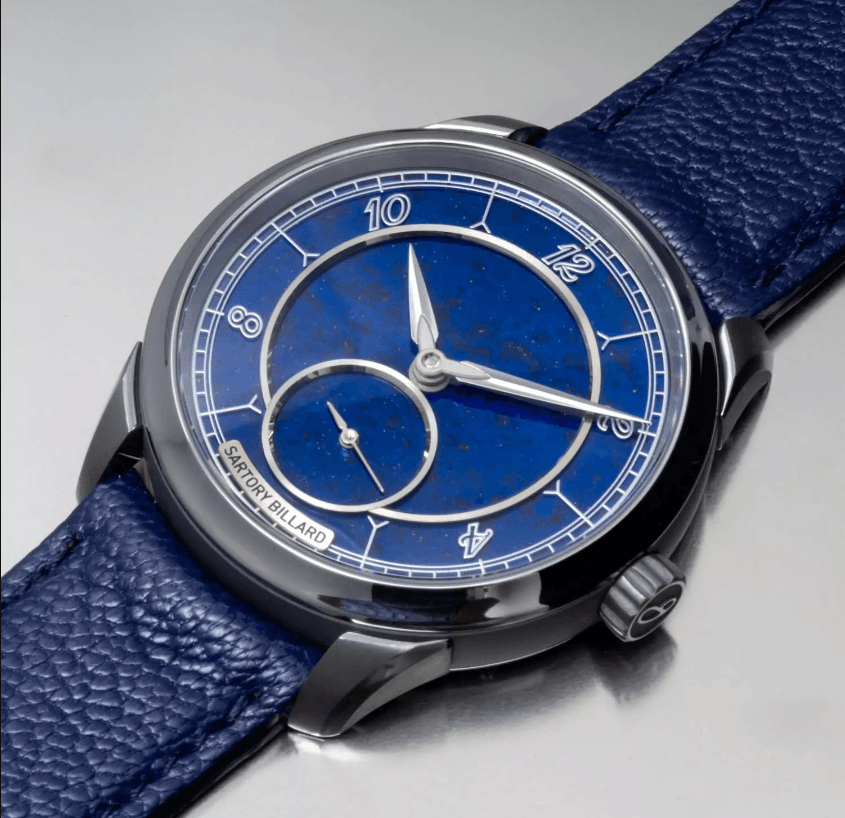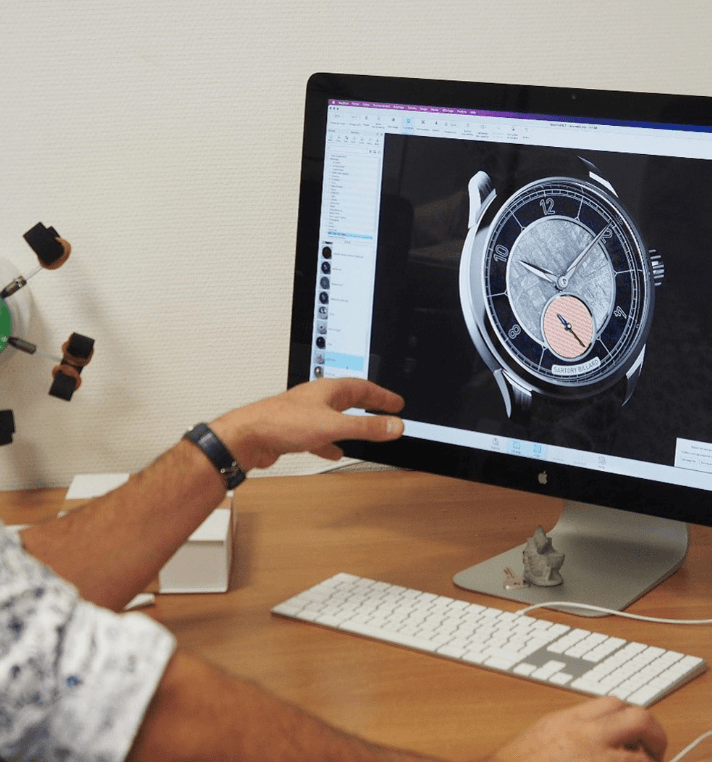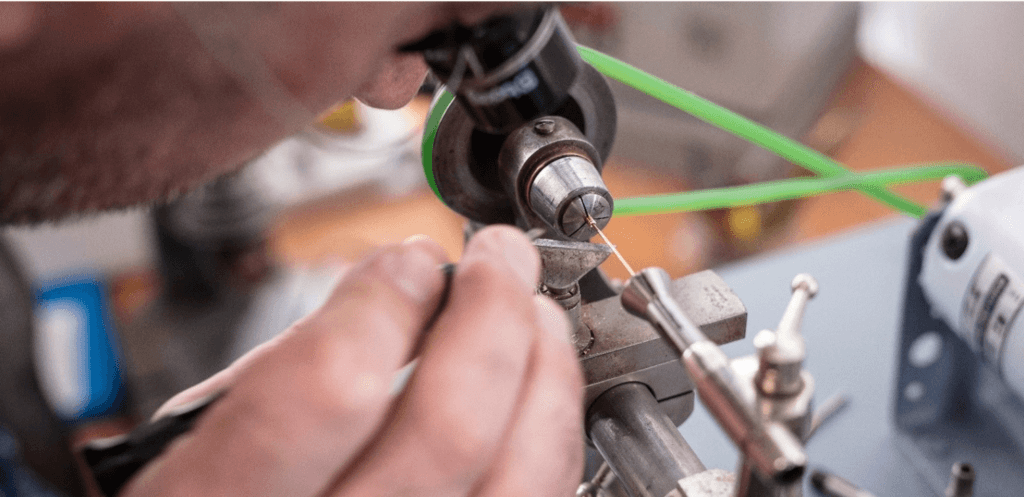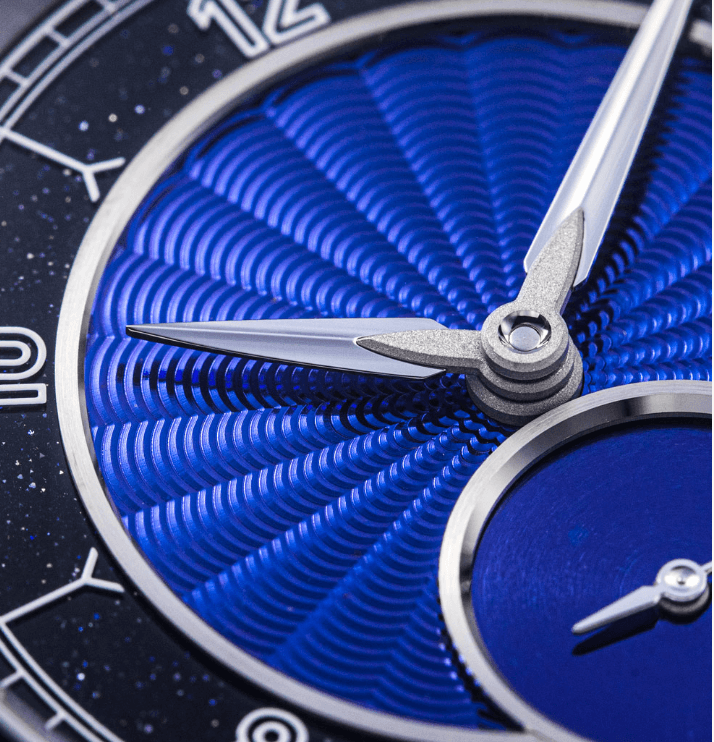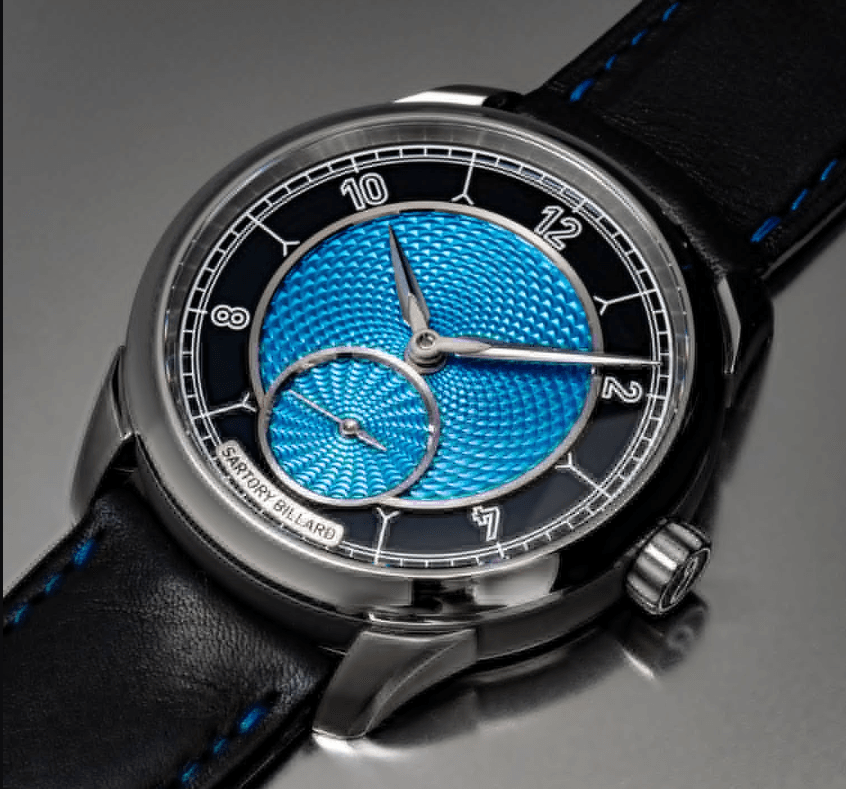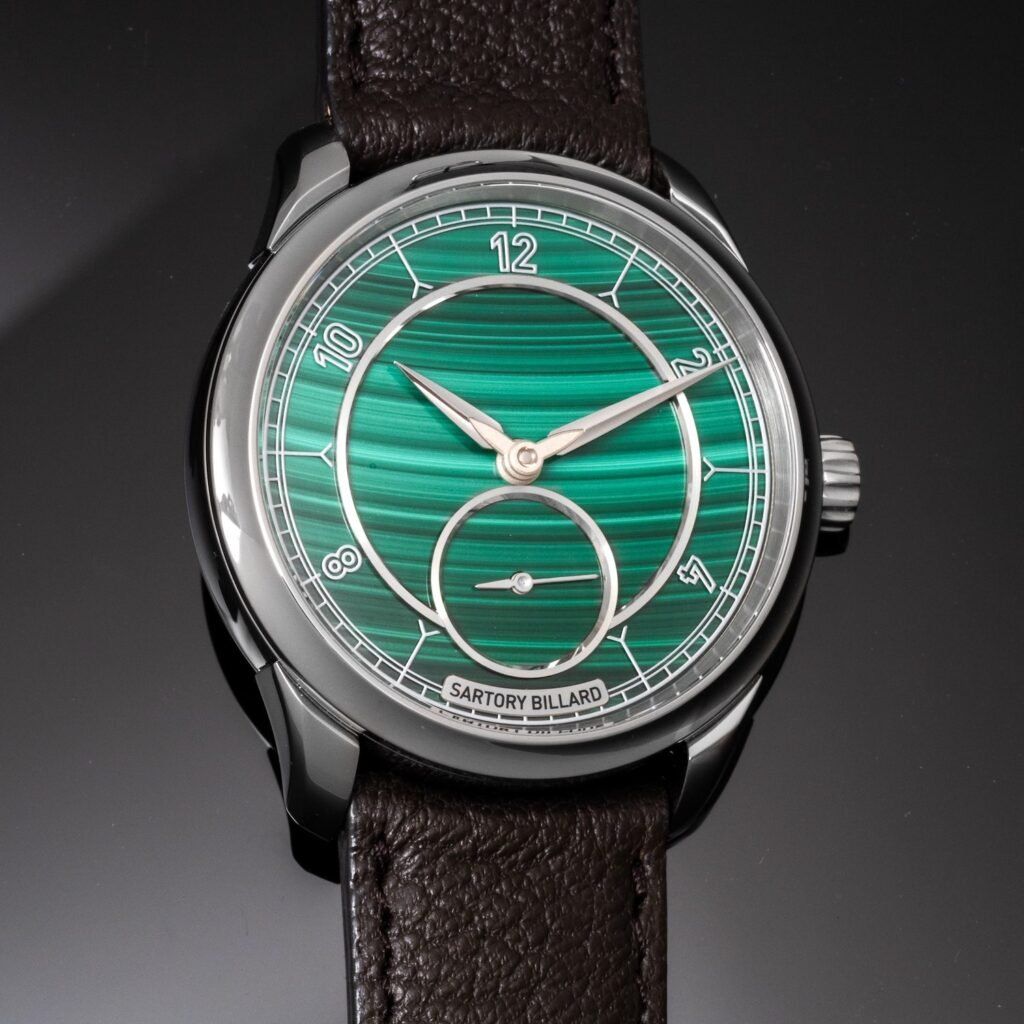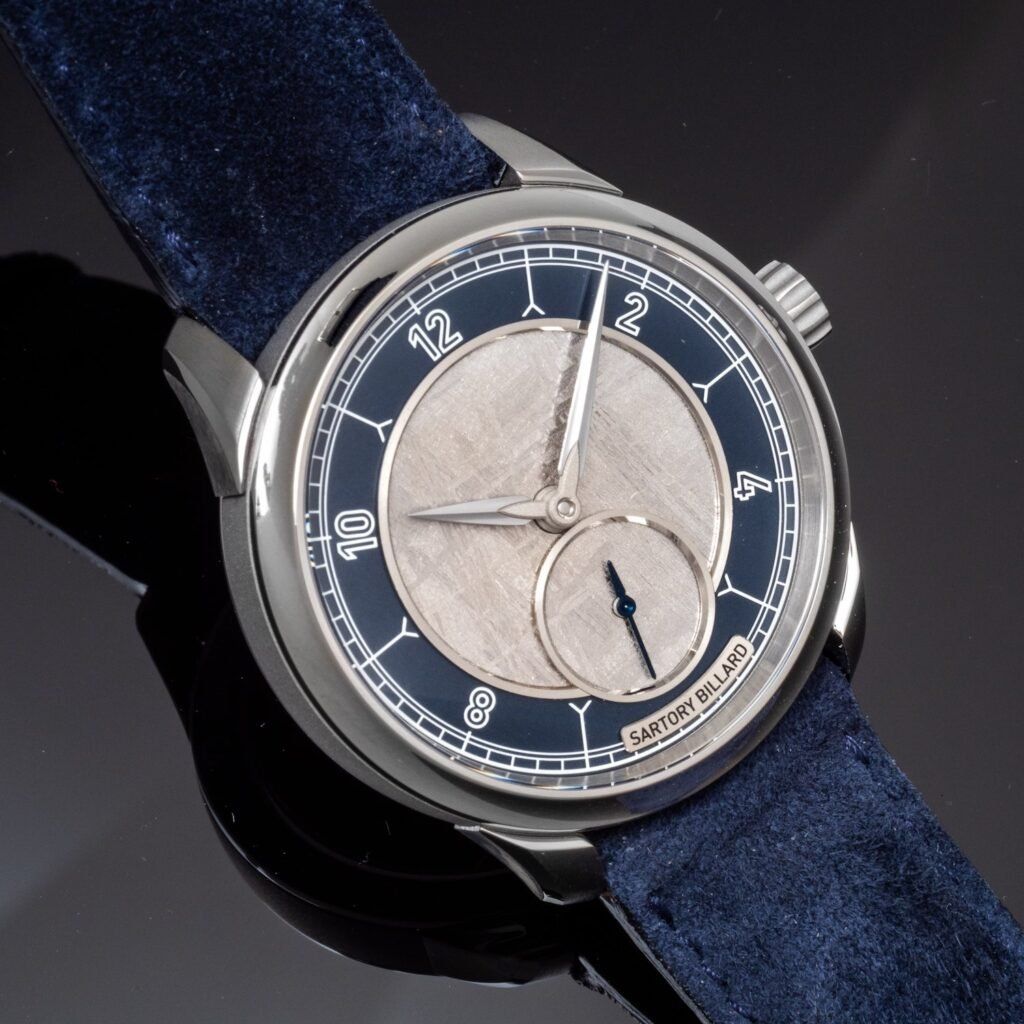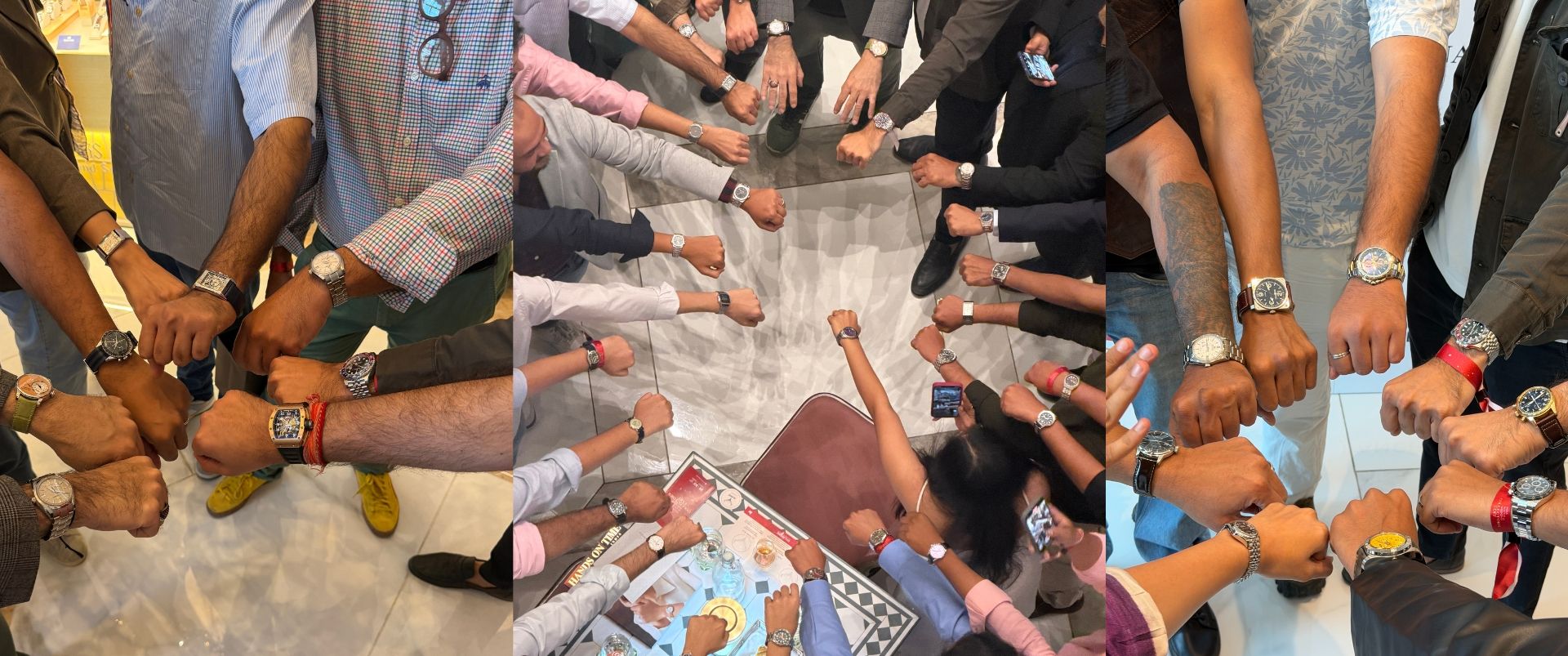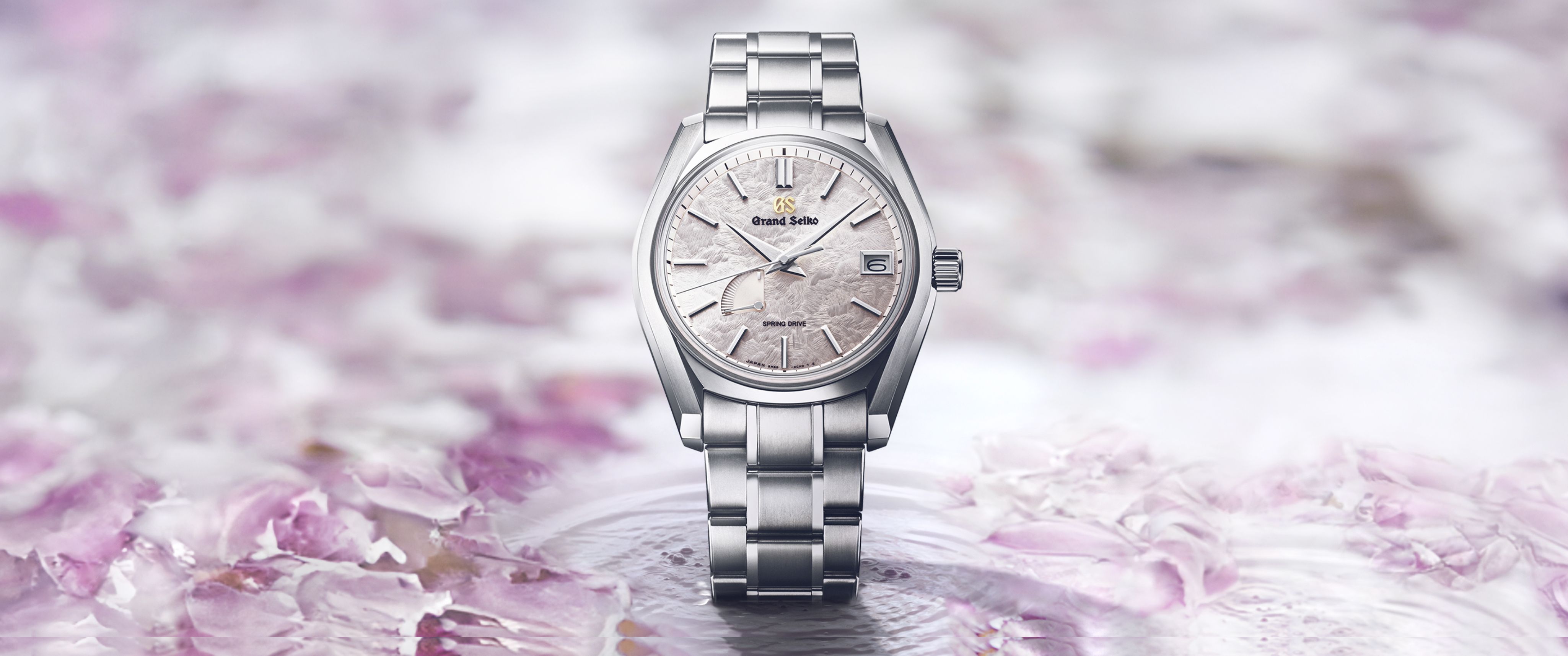In Conversation With: Armand Billard, Founder Of Sartory Billard On Independent Watchmaking And More
With sculptural contours, kinetic asymmetry, and radical individualism unprecedented in watchmaking, independent watchmakers have stormed the high horology world by defiantly breaking all conventions. One such brand is Sartory Billard. Every ergonomic piece forged in Sartory's lab is an avant-garde collaboration with clients seeking bespoke finishing touches, straddling functionality, comfort, and beauty. We caught up with founder, Armand Billard to discuss this and more!
THM: You have had a background in design rather than watchmaking. How did you go about the watchmaking technique and skills that you needed to realize your vision?
Armand: I don't have any formal training in watchmaking, but it has always come down to my perception and that’s how the brand came about.
THM: You make a lot of bespoke watches for collectors and enthusiasts, and the SB01 was a very personal project that evolved into a brand's first commercial model. What inspired you to take that personal watch design and turn it into a business?
Armand: From a design point of view, watches are a beauty - you have to wear every square centimeter. They incorporate all the techniques, all the art, and some touches that you usually won't find in other products. With things like furniture, there is always a problem that you need a new process or because the project is at a bigger scale, you won't work in so many details. So I think watchmaking is the dream of what can be small and delicate and sometimes really crazy parts that can be sometimes two-tenths of a millimeter, but I think it's where you put this dream, this beauty in something that is absolutely unnecessary also, which makes it the beauty of the object.
Because a watch, in the digital world, is the latest object you need to just check the time. It's a very unnecessary thing that I think everyone wants. As 90% of my clientele is male, I also have to say that watches are probably the only accessory that men can wear to demonstrate refinement. The watch is small, and it's a nice design, something that has to be tiny and executed well. Because usually we men are quite functional. Even if we are wearing nice clothes or nice shoes, they're always much less refined.
So probably the watch is the object where you can say "Okay, great" - go for something that is unique, that is probably unexpected or that is high-tech. Watches also speak to men. They can speak for women too of course, but you know, boys being boys, like mechanics. That is what watches speak to.
THM: How do you work with clients to learn about their personalities and translate that into their design?
Armand: It reminds me of my origins. Usually, it's one's origin, culture, and family that shape who you become. I like grand things that connect back to history and watches can provide some insight into an individual. So I would read about watches. I would sketch designs. I even used watches as inspiration for some graffiti work. Then I would go see some of those iconic watches in person. And from there I picked a watch brand that spoke to me.
THM: Any unique client requests that you got in for a custom watch design? Or anything that you had to tone down?
Armand: Yes, I have a design company. I aim to create watches that embody my own design language while still having broad, timeless appeal. Of course, I've had to turn down some client requests that would likely violate intellectual property laws - customers wanting watches with logos and branding from properties like Star Wars. I say no because that seems inappropriate legally. But rejecting projects is very rare, maybe only 2 out of 100.
People put a lot of effort into the website to explain the process and set expectations upfront. A customer will visit the site, browse available models, and consult the design guides which have clear dos and don’ts. Very quickly they grasp that asking me to just copy something would not align with my established design ethos and award-winning plans.
It would be like going to a renowned fashion designer for bespoke work and asking for an obvious knockoff - you’d be told “You’re in the wrong place.” When collaborating with an artist, you work within their style. Asking Dior to make a Chanel copy makes no sense if you want a piece embodying Dior’s particular aesthetic. It's the same principle.
THM: You also collaborate with a lot of talented craftsmen. But do you find an assembly in France? Why do you think an in-house assembly is important and what does it allow you to achieve?
Armand: The assembly process involves different partners. Some watches are assembled in-house, others in Switzerland - either by Comblemine or La Joux Perret, whom I've collaborated with for years. So I leverage experienced watchmakers given that I work alone in my own workshop, handling design with clients alongside business administration, accounting, shipping logistics, etc.
For especially time-intensive pieces requiring specialized skills, I utilize expert external watchmakers that surpass my capabilities. While I have some watchmaking skills from practice, I never formally trained. So when a client requests demand exceptionally challenging, precise components, I ensure we have the best talent to execute flawlessly.
Like any independent brand, my team may stay small, but I connect with the best external craftspeople to complement our capabilities where needed. Even leading watch brands with just 3-4 in-house staff will identify top collaborators to uphold quality standards. You must find specialists, parts suppliers, and assemblers to realize ambitious designs. It's about building a collaborative ecosystem of elite talent to produce uniqueness in my studio. When we deliver a watch, an accompanying letter credits everyone involved in the project - this supplier for that component, this watchmaker for assembly, etc. Providing that transparency upfront establishes trust in the process while showcasing the first-class partnerships enabling these bespoke pieces.
THM: Coming to the GPHG nomination, what do you think this nomination means for your brand, and how are you going to continue to push boundaries and independent watchmaking?
Armand: A tremendous amount of skill and effort from many people goes into creating the watches that make it as GPHG finalists each year. The bar rises annually, which is hugely motivational to observe. When I attend the ceremony and see the latest selections in person, I view them with an appreciative eye - admiring pieces I might want myself or that are exceptional on a technical level, though high expense often puts them out of reach.
Every year the creativity and intricacy of the finalist set mesmerizes me. Sometimes personal taste leads me to dislike a particular watch or find a certain brand less interesting. But watchmaking should have universal appeal, encompassing sports models, dress options, complex mechanics or minimalist aesthetics - there is breadth in this field. I have my preferences, but I also recognize those are just my own opinions. My sights are set on someday reaching the mastery and renown to compete at that top tier.
THM: Talking about your personal taste and preferences, if Sartory Billard was to create an avant-garde conceptual watch, what would that look like?
Armand: I think we have one that is in development. We are working on a project that if everything goes well, could become a reality next year. It is probably my goal to craft something very unique crafts on your wrist. Some brands say, we're going to make a racing machine on your wrist. We're going to make people speak planes and aviation or space conquest on your wrist. But there are many brands working on this. And you need to have more of a courage to say, I'm doing art on your wrist. Like just real art, something that you would see and you can say, a guy spent hundreds of hours making a scene, making a painting, making a marketplace, making a tiny sculpture that goes on my wrist. I can enjoy it. I can wear it and it doesn't have to stay on the wall or anything. It's a sculpture that you will have to enjoy and show around.
THM: But if there was a dream collaboration that, you know, you would want to do, which one would it be?
Armand: I would partner with an artist possessing a bold creative voice and appreciation for watchmaking nuance to produce an artistic timepiece. While some creators apply their talents at a grand scale towards mediums like sculpture or furniture, watchmaking demands working miniaturized. Simply extracting an isolated element - a shard of stone or metal fragment - and embedding it on a dial is a common yet underwhelming approach.
The ideal collaboration would involve finding an artist capable of grasping watchmaking’s vast intricacies and limitations to inform a holistic wrist-borne artwork synthesizing its aesthetic with functionality. Bridging between the disciplined confines of watch construction and the freeform vision of fine art requires deft effectiveness. But such a fusion could yield an exceptional caliber of wearable art.
No articles found

